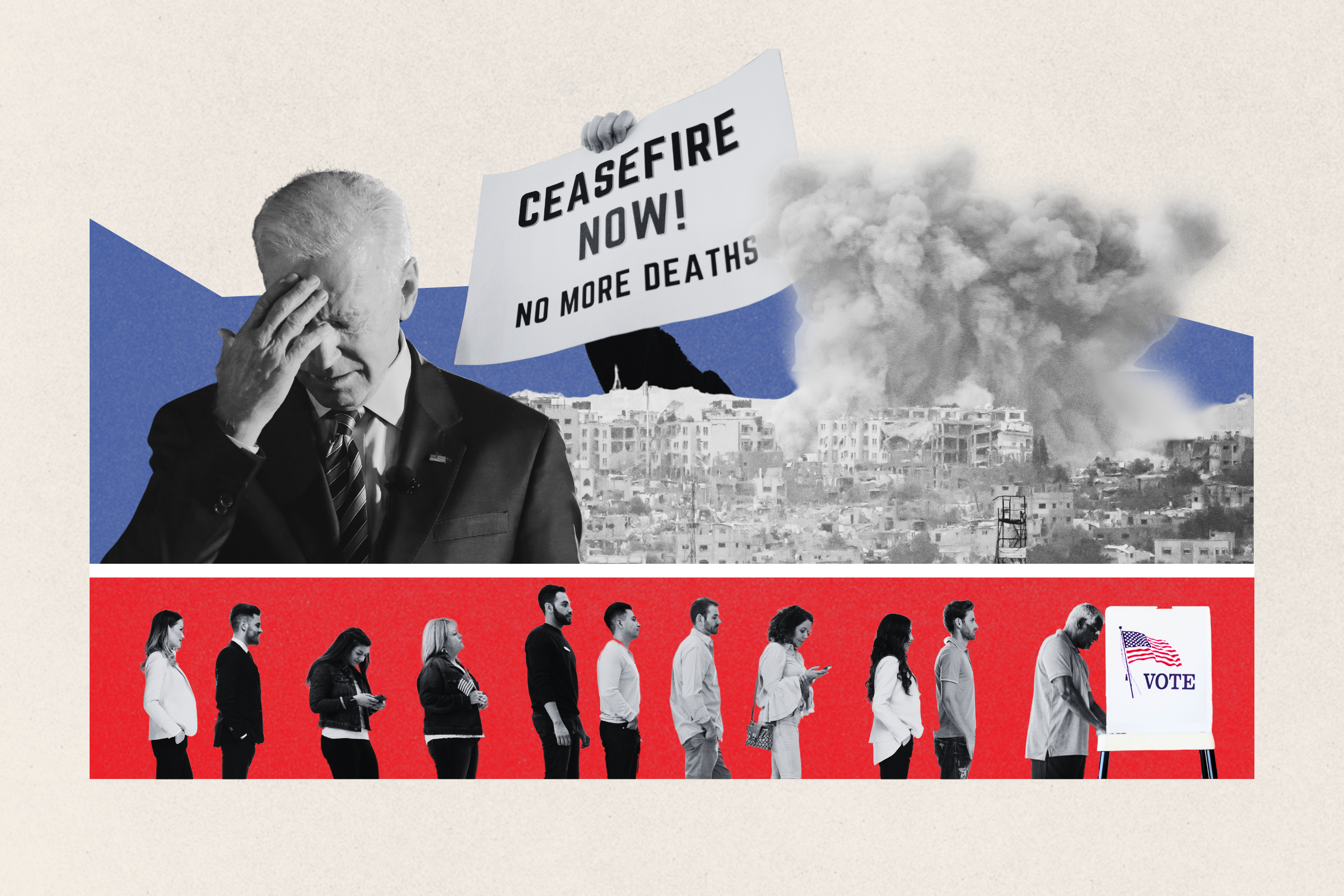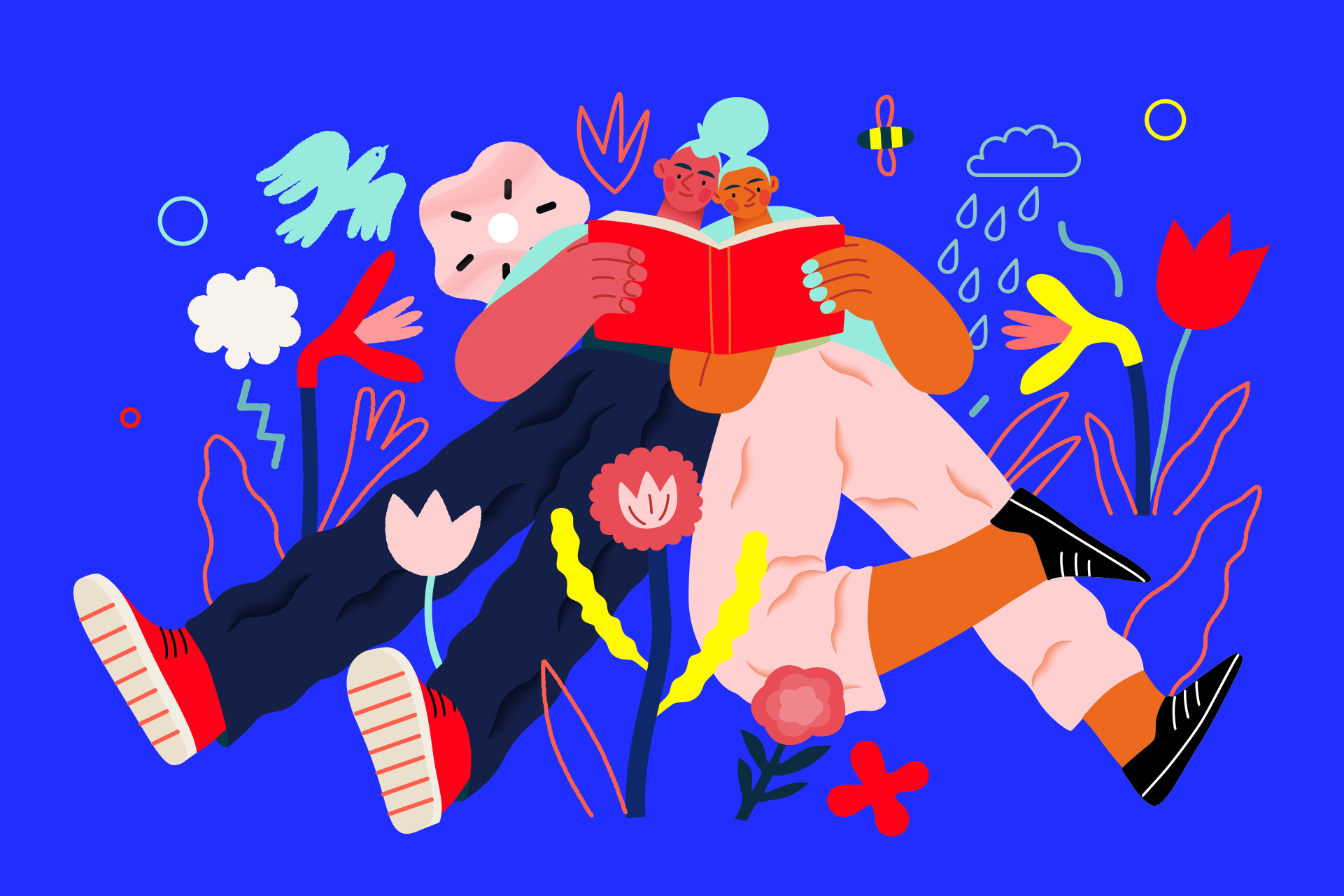
The first time Martha was forced to kill, she was just 10 years old. The long steel machete in her hands dwarfed her slight 4-foot frame as she was ordered to decapitate a villager. Only the night before, men in dark uniforms had plucked her from her bed at home in northern Uganda, tied her with rope and dragged her into a forest. Behind her trailed the rat-tat-tat of bullets, piercing shrieks, the stench of burning flesh.
By the time she was 13, Martha's captors, part of a Ugandan militia group known as the Lord's Resistance Army (LRA), had forced her to decapitate several other people, beat an infant to death on a tree and participate in attacks on numerous villages. She witnessed commanders punish defiant children by hacking off their limbs, piercing their lips with metal padlocks and making them sleep on dead bodies. Together with other abductees of the LRA, which a UNICEF study found had kidnapped more than 66,000 children between 1986 and 2005, Martha lived in the forest, surviving days without food and enduring daily beatings. She dreamed of escaping. Of finally returning home.
A little girl like Martha is probably not the image that comes to mind when you hear the phrase "child soldier." It's a term more commonly associated with gun-toting boys in militia garb, chanting slogans they've been brainwashed to recite. But after traveling to Uganda, Sri Lanka, Indonesia and Colombia between 2014 and 2016 to interview 50 ex-combatants for my graduate thesis and during my time off from working as an NYPD counterterrorism specialist, I learned that many child soldiers are female.
Moreover, the stigma associated with being a former member of an armed group affected girls more than boys, even years after they were rescued or managed to escape. Yet scant attention is paid to the gender-specific challenges these girls face after they return home.
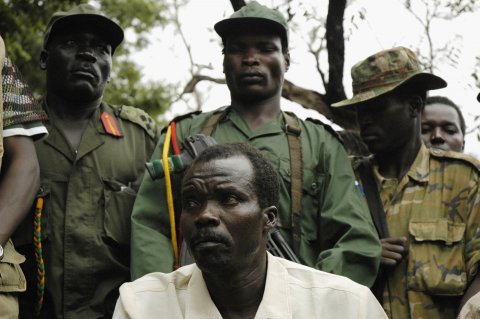
A Crisis of Unknown Magnitude
Quantifying the true number of girl soldiers in conflicts globally is impossible due to access issues, under-reporting and high United Nations verification standards. Despite these barriers, the U.N. has confirmed at least 115,000 cases of children released from armed groups and forces globally since 2000—a number the child soldier research community believes is only a small fraction of the true figure. The U.N. estimates that of its 115,000 verified cases, up to 40 percent are girls.
Some abducted girls are forced to become combat fighters, but many more end up as porters, cooks, spies, medical aides and even child brides. Sexual violence is common. Another former soldier named Janet, who'd been held in captivity for eight years, explained to me that the LRA desired young girls over women because they were less likely to infect their captors with HIV.
The issue of armed groups abducting girls seized international attention in 2014, when the militant group Boko Haram kidnapped 276 school girls in Chibok, Nigeria. When a large number of the Chibok girls were subsequently rescued and reunited with their families, many people around the world were swept by a wave of optimism and desire to help. Celebrities amplified the #bringbackourgirls campaign and the Nigerian government established a rehab program to provide them with psychological care, medical attention and an education. Some of the girls were even brought to the U.S. and ended up graduating from U.S. high schools. A few even visited the White House.
This is not, however, how the story ends for most abducted girls. For many, their harrowing pasts are compounded by even worse experiences upon returning home.

A Rough Re-Entry
I met Martha eight years after she escaped following three years in captivity. She was then 21. When we spoke, she looked down at the floor in silence, as if ashamed to admit to me, and to herself, what she was about to say: "If I had known my life in freedom would be worse than captivity, I never would have tried to escape the bush." In other words, the stigma she experienced after returning home was so acute, she wanted to go back to the LRA.
Recidivism is a serious issue. An estimated three in 10 former child soldiers return to militias from which they risked their lives to escape. Based on my interviews, stigma is a leading culprit. Even with rehabilitation and vocational training, discrimination persists, creating long-term barriers to economic and social reintegration. Stigma frustrates post-war recovery and unravels social cohesion. It pits victims against victims, parents against their children, friends against friends.
There are certainly similarities in the reintegration challenges that male and female child soldiers face. But there are stark differences, too. According to many girls I interviewed, former female soldiers find it harder to secure jobs than their male counterparts. Mili, who spent six years in the LRA, recounted how employers were reluctant to hire her because she was a victim of sexual violence and they were concerned about the risks to their reputations. Rebecca, kidnapped for a year, described how girls like her who fought alongside boys were further regarded as tainted by prospective employers, among others, for having violated cultural norms that view women as nurturers, not perpetrators of violence. Martha tried to build a craft jewelry business after employers refused to hire her, but she says customers refused to pay full price for her products because of her past.
According to the World Bank and the U.N., legal discrimination can also prevent women from raising money and owning land, limiting options for entrepreneurial ventures. These prejudices are magnified where women already face limited mobility and stiff competition relative to men. Without gainful employment, the consequence can be starvation.
Stigma also impedes Martha's ability to marry. A rebel commander forcibly took her as a wife before she was 12. "At 25, I'm still considered 'contaminated,'" she laments. Several women described how they shuffled from town to town, trying to hide their pasts and adopt new identities. But rumors travel quickly.
Even ex-combatant men often reject women who were members of their own militia groups as "damaged goods." Single mothers whose children are products of rape in captivity stay with their offspring, regardless of the circumstances under which they were born, making it more difficult for women than men to dissociate from their pasts. Yet the ability to marry matters deeply in a patriarchal society where marriage is essential to financial stability.
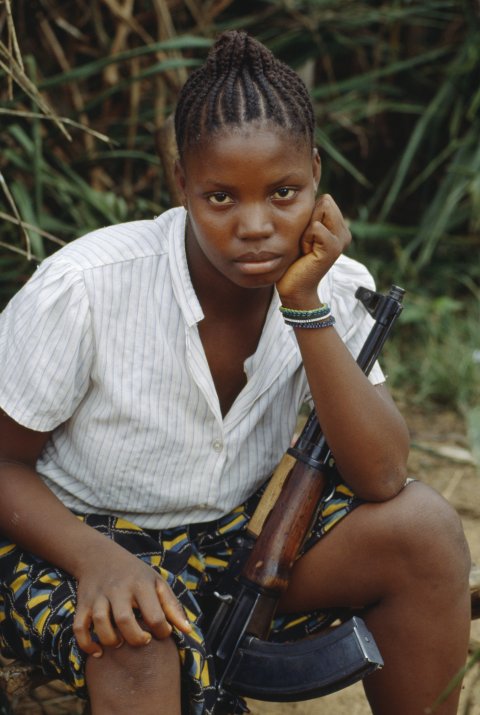
The Children of the Children Suffer Too
The stigma applies to Martha's children, too. Kids in school call her 6-year-old daughter "a rebel" and refuse to play with her. Jennifer, a young girl who was also born in captivity, described how teachers dismiss her academic achievements, saying, "you're using your rebel father's witchcraft to get to the top."
Even relatives reinforce the stigma. Rose's maternal grandparents, for instance, were overjoyed when her mother returned from captivity, but disowned her—their own granddaughter—because she had been fathered by a rebel.
Former girl child soldiers are also easier prey than males for violent and petty criminals who know that communities have little desire to protect them and are unlikely to demand retribution. In fact, according to a member of the Colombian government's reintegration agency, some former female Revolutionary Armed Forces of Colombia (FARC) members felt so unsafe in local communities that last year they requested and received protections from the government beyond those afforded to the men.
Even the psychological toll of captivity and post-conflict experiences is more pronounced in girls. In empirical studies conducted by researchers at the National Institutes of Health and Harvard University, female child soldiers were found to be more vulnerable to depression and post-traumatic stress disorder than boys after they returned home.
It's no surprise why. Girl child soldiers report significantly higher instances of rape and sexual abuse. Meanwhile, female combatants who assumed leadership roles and experienced degrees of equality in groups like FARC struggle to acclimate to traditional gender roles and entrenched gender biases in mainstream society. A Sri Lankan hair salon owner who taught a beauty workshop to young women who'd broken free of the Tamil Tigers, a militant separatist group, observed an identity crisis that the females went through. "At first, they walked and talked like men, they were forbidden to express their femininity for so long," she noted. "But after the workshop, their behavior changed. They were so emotional, they wept."
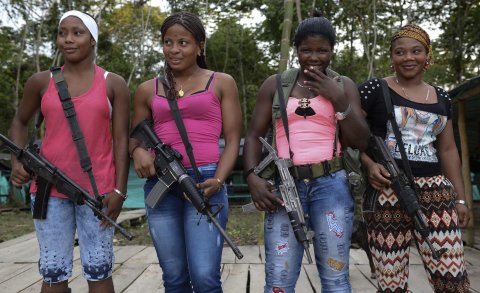
The Imperative to Do Better
A more effective approach to successfully integrating former female child soldiers into society requires thinking differently about how to counteract the stigma and address the specific challenges these girls face.
International agencies that champion ex-combatant reintegration programs are reluctant to accept that females can be active combatants and, in turn, overlook services for women. A "one-man, one-gun" policy implemented in Sierra Leone disarmed male combatants by offering to exchange weapons for education, vocational training and job placement. Under a false presumption that women in captivity exclusively filled support roles, the policy largely excluded female combatants. Only 8 percent of the 6,845 child soldiers who disarmed through the reintegration process in Sierra Leone were girls, despite estimates that the number of women and girls involved in fighting forces ranged up to 50 percent.
This is a security issue as much as it is a moral one. If we don't do more to help these young women, we allow societal discord to fester long after the ink from peace accords has dried, setting the stage for renewed conflict. Social scientists have long determined that persistent demonization, discrimination and exclusion of an entire class of people can lead to violence. Genocides in Germany, Cambodia and Rwanda were preceded by the stigmatization of a targeted group. When repeated efforts to secure basic needs—such as a job, food, education or friendship—are systematically rejected because of stigma, desperation grows.
Returning to the militia becomes a matter of survival. Recidivism ultimately makes the public less safe.
There is a lot the world can do. While girl soldiers are only part of a much larger group of vulnerable women in fragile societies, news organizations can shed more light on their particular issues. The World Bank and U.N. can strengthen partnerships with the private sector to expand economic opportunities for females in post-conflict regions. Tech companies can provide coding tutorials to help former child soldiers secure quality jobs of the future. The State Department's Office of Global Women's Issues can help tailor post-war reconstruction programs for women.
Ordinary citizens can help too. Donors can support UNICEF and non-profit organizations like Children of Peace Uganda and War Child that not only provide psychosocial support, educational scholarships, medical assistance and vocational training to former child soldiers, but also educate communities into which they return about the importance of reintegration and stigma's pernicious effects.
Martha and other former female child soldiers scattered around the globe need our help. Surviving war is one thing.
Surviving its social and economic repercussions is another.
→ Aviva Feuerstein has served for the past decade as a counterterrorism and security specialist at the NYPD, the FBI's Joint Terrorism Task Force and the NBA. She also co-chairs the Innocence Project's Advocates for Justice Committee. The views expressed in this article are the author's own.



